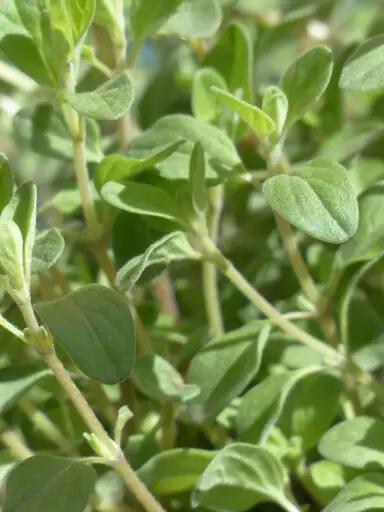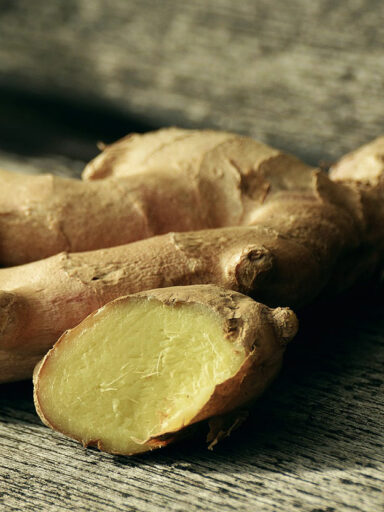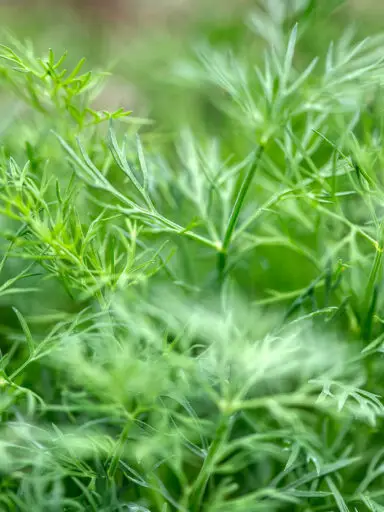The peach is a deciduous tree native to the region of Northwest China. The tree produces an edible juicy fruit also known as a peach or a nectarine. In the real sense, the peach is a drupe.
It belongs to the genus Prunus. This makes the peach a close relative of the cherry, apricot, almond, and plum. The tree grows up to 25 to 30 feet tall.
The peach and the almond are classified in the subgenus Amygdalus. It is remarkable in that the stone found in the fruit is used to make a cheaper version of marzipan called persipan.
The difference between peaches and nectarines is the hairy skin found on peaches. The fruits usually grow to the size of a small apple. It measures about 7-10 cm in diameter and weighs about 130-160 grams.
The fruit bears soft, juicy, sweet, and tart flesh with a fruity aroma. The color of the flesh tends to be white to creamy-yellow color with a centrally placed single stone.
Peaches are available all year round, however, the best season for them is between May and October. When selecting fruit in the marketplaces, avoid fruit that is excessively soft, and contains cuts and bruises. You should also avoid peaches that have mold, discoloration, or rot.
Relatively hard mature fruits can be stored at room temperature. There they will tend to ripen over a few days. Ripe fruit, on the other hand, should be stored in a refrigerator.
Dried peaches can be found in grocery stores in addition to fresh fruit.
The top producers of peaches in the world are China, the European Union, Spain, Italy, the United States, and Iran among others.
Enjoying the Delicate Peach as a Food
Before eating, the peach fruits should be washed under cold running water to remove dirt, pests, or pesticide residue. The peaches can be eaten whole as a snack remembering to discard the seed.
Depending on the use, you can peel the skin with a paring knife. The flesh with the pit removed can be sliced and a few drops of lemon juice squeezed over to prevent the fruit pulp from turning brown.
Peach sections are a great addition to fruit salads, fruit cocktails, pies, baklava, charlottes, tarts, desserts, jams, and jellies among others.
Health and Nutritional Benefits
The peach contains just 39 calories per 100 grams. it is a good source of dietary fiber and contains no cholesterol and saturated fats.
Peaches are rich in minerals and vitamins as well as antioxidants. These fruits contain reasonable amounts of vitamin A, vitamin C, and vitamin E. They also have moderate amounts of vitamin K, folates, and niacin. Also included in moderate amount is pantothenic acid, pyridoxine, riboflavin, and thiamin.
As for minerals, they are rich in copper, potassium, fluoride, and iron. They also contain moderate amounts of magnesium, manganese, phosphorus, and zinc.



